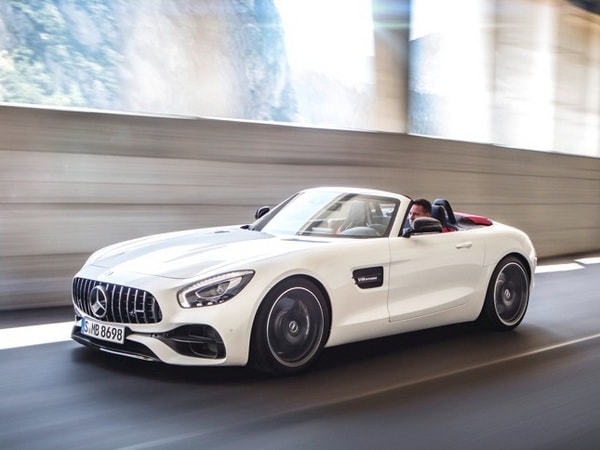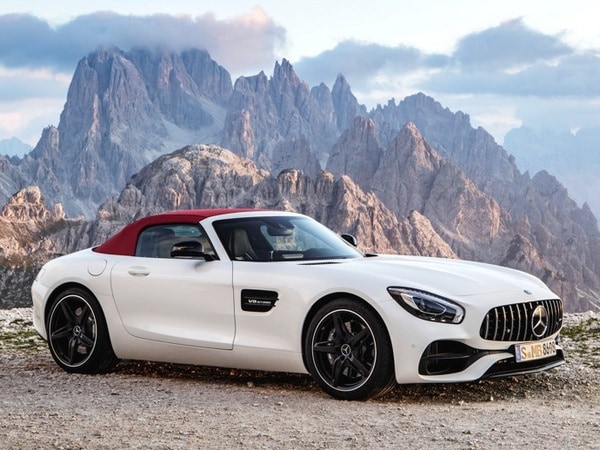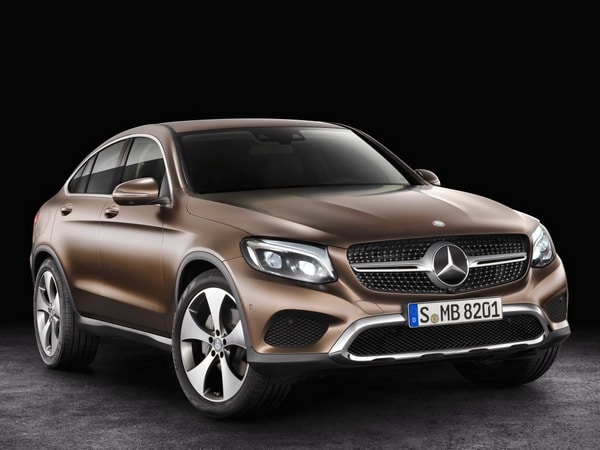
Mercedes-Benz has long been a luxury car icon. With such a long tradition usually comes conservatism, especially in design. After all, it isn’t broken why fix it? But in the 10 years that Gordon Wagener has headed Mercedes’ design department, he has sought to not only develop a cohesive design philosophy that ties the disparate model range together, but also to transform the brand’s image from stodgy to hip. Wagener’s been so successful, that he was recently named chief design officer for Mercedes’ parent, Daimler AG, overseeing all design in the vast German conglomerate.
In explaining on how he transformed Mercedes-Benz design, Wagener admitted that the previous philosophy wasn’t much of a philosophy at all. “We had been more randomly designing a car and not looking so much at the others,” Wagener said, adding that part of developing a cohesive design approach was to understand what the brand stood for, obviously arriving at the conclusion that Mercedes was all about luxury.
“A luxury brand doesn’t need to be explained,” Wagener said, but added “knowing that we are a luxury brand, we understood that we were a traditional luxury brand. My task was to move it from a traditional luxury brand to a modern luxury brand.”
Chessboard of rules
As part of that effort, Wagener developed what he characterizes as a chessboard of rules, a design matrix that takes certain elements and approaches and maps them out on a grid. This is the blueprint of the design philosophy as it applies to all models in the company’s range. “We made design a conscious approach to say not only this is a beautiful car, but also being able to say why this is a beautiful car. If I do a car that looks like this, then how should I do the other cars, because they all need to speak the same language. It took a lot of trial and error, but it has to be planned.”
This complicated matrix lead to a simple description of Mercedes styling. It should communicate that its vehicles are both hot and cool. “They are hot, in the terms that they are very sexy and very unique,” Wagener said, and at the same time “they are very cool. That means they are new, unexpected, but also very techy looking.”
So what is modern luxury? Wagener believes that luxury can be hot, warm, opulent and sometimes erotic, while modernity is clean, timeless and very much a German design philosophy. As a result, you will see in Mercedes vehicles opulent touches, like the use of traditional materials, blended with high tech features, like a glass cockpit with modern graphics.
Also: Kelley Blue Book Best Buy Awards of 2017
Sub-brands figure into the mix
While there is a specific approach to design across the core model lineup at Mercedes, the AMG performance and Maybach super-luxury sub-brands have their own requirements. “Our goal [for AMG] is to bring it to a level of Porsche, so it is independent,” Wagener explained. “It is still Mercedes, so it follows our rules, but we are giving them more and more unique profiles.” That goes for design cues as well, including the new grille on the AMG-GT. “The new face, what we call the Panamericana grille, comes from the 1952 300SL Panamericana racer, which really came from the pre-war racing cigars, the Silver Arrows,” Wagener pointed out.
As for Maybach, Wagener believed that Mercedes-Benz didn’t need to make Maybach a separate stand-alone brand, but rather an extension of the current Mercedes product range. “We did it with the long-wheelbase S-Class Maybach and we will continue to do it with other cars, like the [Mercedes-Maybach] convertible. It is opulent, it is tasteful and it is modern luxury. It’s the only modern super-luxury brand, the others are traditional luxury.”
Wagener also looks to expand the hot and cool approach to Mercedes’ EQ electric drive sub-brand. In Paris, the company showed a concept that still embodies his hot and cool approach. The concept “followed our general philosophy but brings it to a new level. The cool is clean, for an electric that means almost a seamless body, like a phone. Everything is integrated, cool and high-tech looking. The hot part is that it is still a nice, sexy sporty looking car.”
Also: Class of 2017 — New Cars Ready to Roll
SUV challenge
The popularity of SUVs and crossovers present their own unique challenges in being able to translate Mercedes’ design philosophy from cars, which are long, low and wide, to these more upright and tall vehicles. “You do need bigger wheels to carry the weight and the silhouette of the vehicle has to be right,” Wagener said of what needs to be done to tie the look of the SUVs to the car lineup. “All our designs look like designer sketches, high beltline, low greenhouses, good proportions.”
His secret? Fewer lines. “We shape with shapes, not lines,” Wagener said. “Everyone throws a lot of lines on a car. With lines you can camouflage a lot of stuff. But taking stuff out is much more difficult because the proportion has to be right, everything has to be in the right place. That allows you, if you like it, to take a line off. If you still like it, take another line off. So you have something that is supercool and clean. All our cars like that.” Hot and cool.












